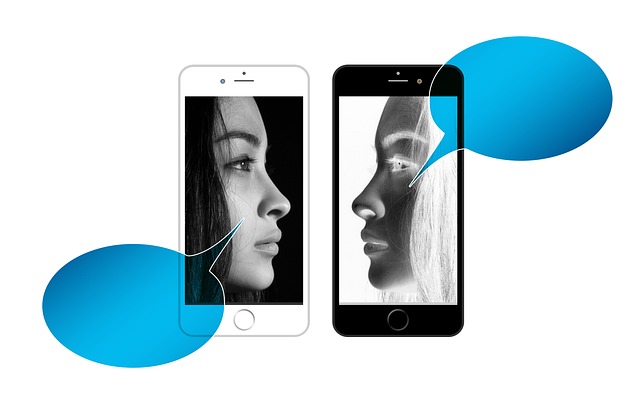Self-Exclusion Tools are digital solutions empowering users to control their online behavior and well-being by blocking websites, setting time limits, and receiving break reminders. These tools combat excessive screen time, addiction, and compulsive behaviors, promoting healthier habits and productivity. Their growing importance in remote work and entertainment makes them crucial for maintaining a balance between digital engagement and daily life, with best practices including user-friendly options and regular updates. Future developments aim to integrate AI and gamification for enhanced effectiveness and responsible gaming culture.
“Self-exclusion tools have emerged as powerful mechanisms in the pursuit of responsible gaming and behavioral control. This article offers a comprehensive look at these innovative solutions, designed to empower individuals in their digital well-being. We’ll explore how self-exclusion tools function, delving into their effectiveness in fostering positive change.
From understanding the technology behind them to examining best practices for implementation, this piece provides insights into the present and future of self-exclusion strategies. Discover how these tools can be utilized to promote healthier interactions with digital platforms.”
- Understanding Self-Exclusion Tools: A Comprehensive Overview
- How Self-Exclusion Tools Work and Their Impact on Behavioral Change
- Implementing Self-Exclusion Strategies: Best Practices and Future Directions
Understanding Self-Exclusion Tools: A Comprehensive Overview

Self-Exclusion tools are designed mechanisms that enable individuals to take control of their online behavior and well-being by temporarily or permanently restricting access to certain websites or digital platforms. These tools have become increasingly important in today’s digital era, where excessive screen time and problematic internet use can lead to various negative consequences. By providing a means of self-regulation, self-exclusion tools empower users to set boundaries, reduce distractions, and improve their overall mental health.
They typically offer a range of features such as blocking specific websites or categories, setting time limits for online activities, and sending reminders to take breaks. These tools are particularly useful for individuals struggling with addiction, compulsive behaviors, or those seeking to enhance productivity by minimizing digital distractions. With the rise of remote work and online entertainment, having access to effective self-exclusion mechanisms ensures a healthier balance between digital engagement and other aspects of daily life.
How Self-Exclusion Tools Work and Their Impact on Behavioral Change

Self-exclusion tools are designed to empower individuals to take control of their behavior and make positive changes in their lives. These tools work by allowing users to set boundaries and limits on their own actions, particularly in response to problematic behaviors like gambling or excessive screen time. They enable people to temporarily or permanently restrict access to specific activities or platforms, creating a digital barrier that supports self-discipline and promotes healthier habits.
The impact of these tools on behavioral change is significant. By providing users with the agency to make these choices, they foster a sense of accountability and self-awareness. This can lead to reduced engagement in harmful behaviors and increased motivation for personal growth. Furthermore, self-exclusion tools offer a non-punitive approach to changing behavior, making them valuable resources in various contexts, from mental health support to educational settings.
Implementing Self-Exclusion Strategies: Best Practices and Future Directions

Implementing effective self-exclusion strategies is a delicate balance between empowering individuals and promoting responsible gaming. Best practices involve offering multiple, user-friendly options tailored to individual preferences, such as deposit limits, loss limits, and time-based restrictions. These tools should be easily accessible within the platform, with clear instructions and transparent terms. Regularly reviewing and updating these settings based on user feedback ensures their continued effectiveness.
Future directions in self-exclusion tools focus on integrating advanced technologies like artificial intelligence (AI) to predict and prevent problem gambling. AI algorithms can analyze player behavior patterns to identify at-risk individuals, enabling proactive interventions. Additionally, incorporating gamification elements into self-exclusion mechanisms may enhance user engagement and adherence. By making these tools more interactive and personalized, platforms can foster a culture of responsible gaming while leveraging data-driven insights to continuously improve their offerings.
Self-exclusion tools have emerged as powerful instruments in promoting responsible gaming and mitigating problem gambling behaviors. By providing individuals with the means to voluntarily restrict their access to gambling platforms, these tools offer a proactive approach to behavioral change. As research continues to evolve, implementing best practices and exploring innovative strategies will further enhance their effectiveness. Understanding and utilizing self-exclusion tools is a crucial step towards fostering healthier gaming habits in today’s digital landscape.






